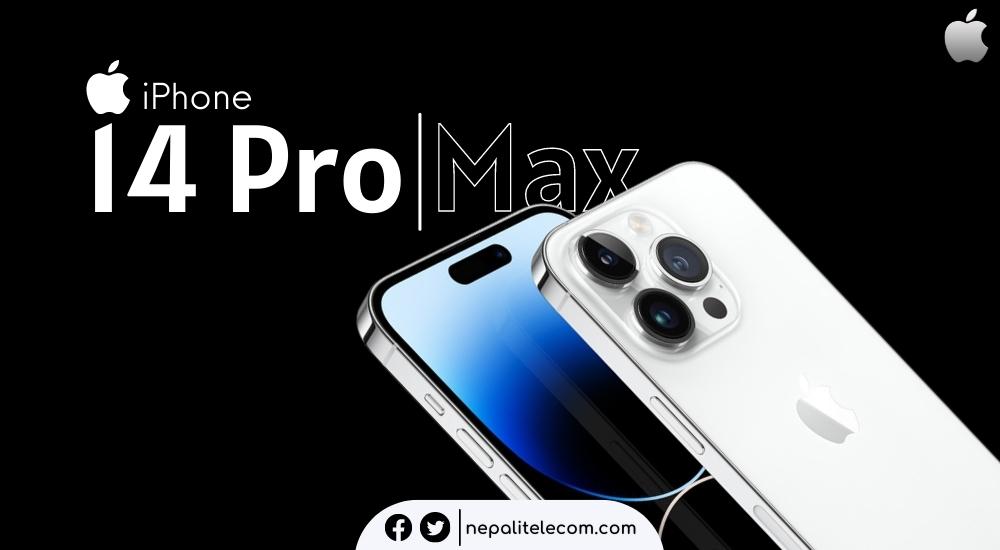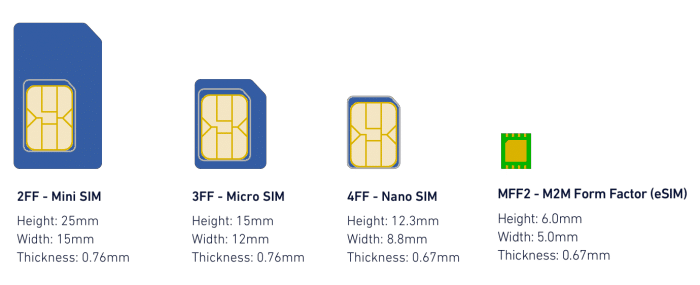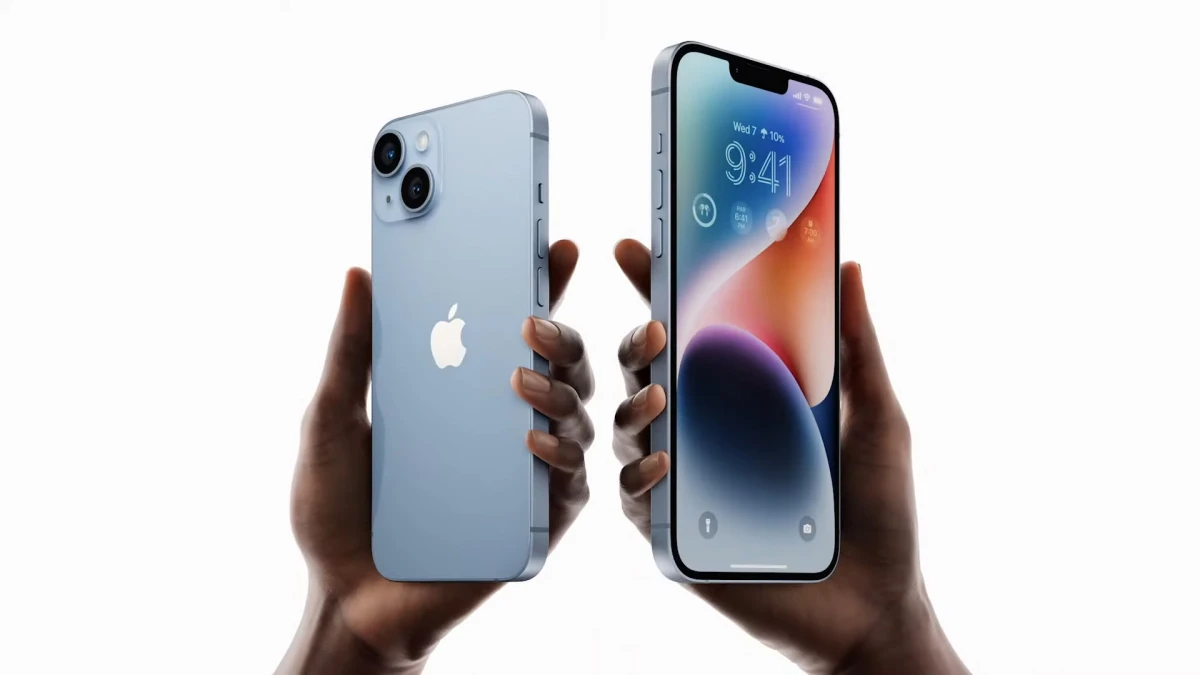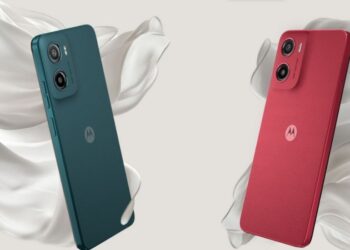Among the salient features of the recently released iPhone 14 series, Apple brought an emergency SOS connectivity via satellite. Noticeably, the US phone maker also ditched physical SIM trays on its premium smartphone model.
The features were revealed during its “Far Out” launch event on September 7 which saw the launch of four new iPhone models – iPhone 14, iPhone 14 Plus, iPhone 14 Pro, and iPhone 14 Pro Max. Here, we will discuss the two features of the flagship series which have drawn attention from all iPhone fans across the world.
Apple announced the satellite connectivity feature on iPhone 14, Emergency SOS via Satellites at the iPhone launch event. It says the feature helps people send text messages in an emergency when traditional cellular connectivity is not available. Apple said the process to add the satellite functionality took years to finally materialize.
The announcement comes soon after T-Mobile and SpaceX revealed their own partnership to roll out mobile service through satellites allowing users to send text messages when there are no signals available from mobile towers. Likewise, Android 14 is also reportedly preparing to add support for satellite connection . It now seems likely that the next trend among smartphone makers is going to be introducing satellite connectivity in upcoming smartphones.
For complete specs and possible price in Nepal:
iPhone 14 and iPhone 14 Plus Launched, Find Price and Specs
iPhone 14 Pro and iPhone 14 Pro Max Launched | Specs & Price
Apple implements its own solution for iPhone 14 satellite connectivity
Likewise, it took Apple some effort to finally integrate the much-anticipated feature on its jewel-like handsets.
“Unlike stationary cell towers, communication satellites are hundreds of miles above the Earth and fly at over 15,000 miles per hour. To connect to these satellites, you need to be outside with a clear view of the sky. And the bandwidth is so limited that even sending a text message is a technical challenge,” Apple satellite specialist Ashley Williams. “Typically, the only way to tap into such a network is with an expensive device that uses a bulky external antenna.”
But since it was not feasible to implement, Apple devised a new strategy. The company embedded iPhone 14 with an antenna required to communicate with satellites.

The line up will also arrive with software that will show users where to point their phones to help them establish a link with a satellite. The primary plan is to help users connect with their family and friends in emergency situations. However, the feature can be used to keep updated with users’ circles.
Apple says its customers will get emergency SOS service for free upon iPhone 14 purchase. But the company has not disclosed the charges after the free period.
Also see: Android 14 Could Support Satellite Connectivity on Smartphones
How does emergency SOS service work on iPhone14?
The iPhone 14 has specific software that allows antennas inside to connect to a satellite allowing users to send and receive messages in cellular ‘dead zones’.
To establish satellite communication, users will need to point their phones to a certain position. The device will itself tell users where the ample satellite connection would be available but connecting might take time as satellites are always moving with low bandwidth.
Apple will then follow up with messages and relay them to centers with trained specialists. They will call for help on the user’s behalf for emergency service.
The technology also lets users manually share their location over satellite.
The feature comes with Apple adding a specific technology into the iPhone 14 handsets. The Emergency feature will roll out in November in the United States and Canada.
Also see: Qualcomm and Co Gain Latest iSIM Breakthrough, Will it be The Future?
Apple discontinues physical SIM trays on iPhone 14
Among other notable features, the US phone maker also announced that its new iPhone 14 series won’t be coming with a physical SIM tray. That means buyers will have to set up an eSIM for telecom services.
But don’t worry already. The eSIM also called embedded SIM technology is still in trials in many countries globally. So, for now, the discontinuation is only happening in the US. Handsets shipped globally will still retain the physical SIM slot.
Find out everything about eSIM: What is an eSIM? Here’s Everything You Need to Know
But eSIM is not new to iPhones either. Apple has included eSIM on iPhones since 2018 starting with iPhone XS and XR series first. The difference now is that the company has completely shunned physical SIM trays in the US making eSIM an only option for users.
A transition to eSIM will have many advantages including better security and remote activation. Reportedly, iPhone 14 can store six eSIM profiles while the Pro model can allow eight. There are essentially many reasons the switch is going to delight many iPhone users in the future.

In the meantime, Nepal Telecom (Ntc) is on the verge of launching an eSIM in Nepal. If everything goes as planned, the operator will launch the next-generation SIM technology later month. Check out: Ntc eSIM service and process to activate
What is your opinion on Apple bringing satellite connectivity and phasing out physical SIM trays on iPhone 14 series? Do share your opinion in the comments below.













